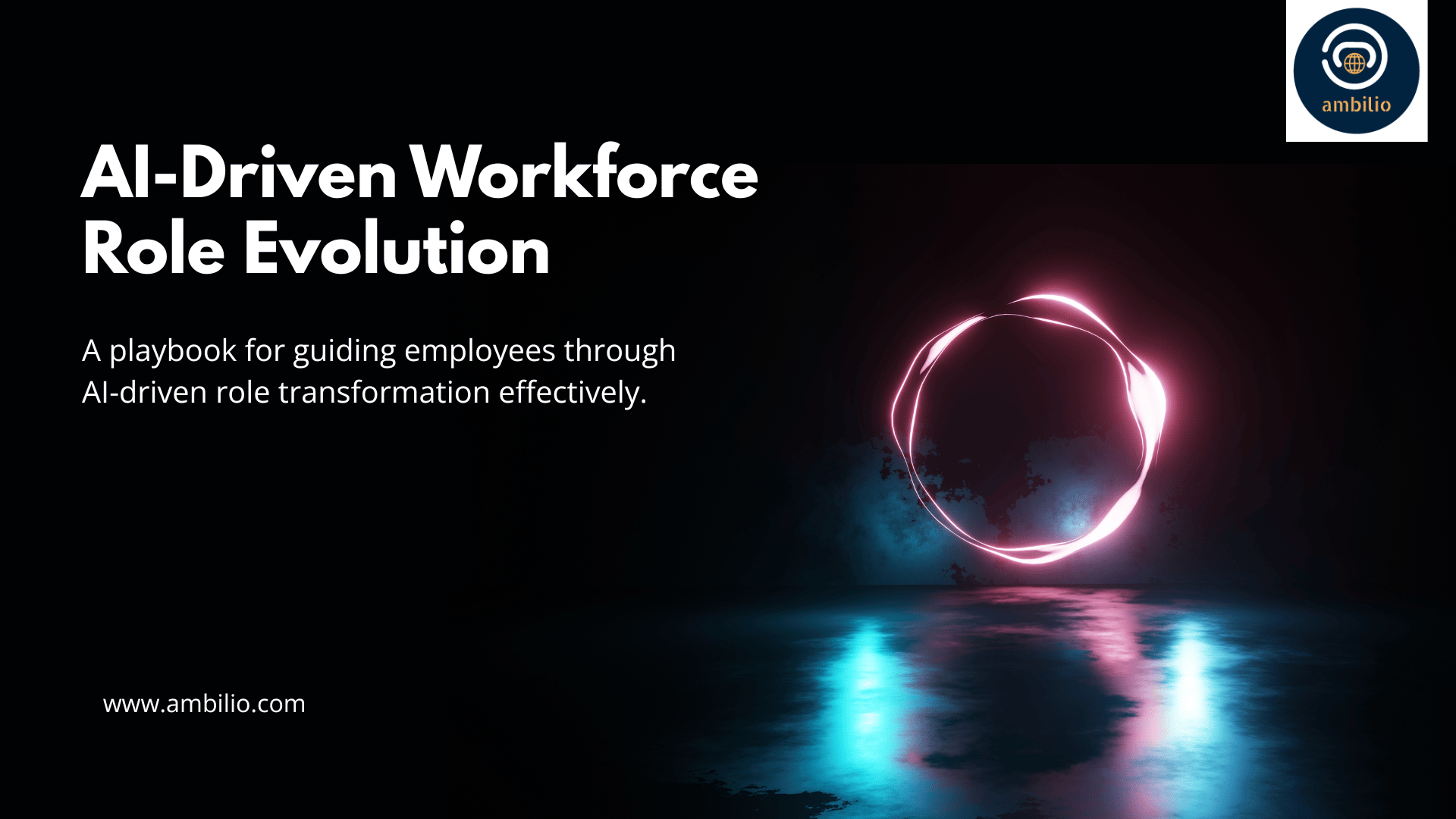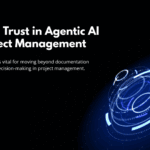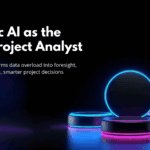Artificial intelligence is reshaping enterprises at an unprecedented pace, not just through technology adoption but through the transformation of human roles. AI does more than automate tasks—it changes how work is performed, how decisions are made, and how outcomes are measured. For employees and managers alike, this can create uncertainty, confusion, and resistance. This article explores the need to rethink job roles in the age of AI era, illustrates practical examples of role evolution, and provides a structured playbook for workforce realignment. It also highlights how organizations can leverage AI-focused learning and simulation platforms, such as those developed by Ambilio and Incubity, to facilitate this transformation, making the process both scalable and impactful.
The Disruption of Traditional Job Roles
AI augmentation is fundamentally different from past technological advances. When AI systems can generate production-ready code, autonomously analyze data, or track workflows, many traditional job functions lose their previous definition. Software developers may no longer need to write every line of code. Testers may spend less time executing repetitive tests and more time validating autonomous outputs. Project managers may need to supervise AI-driven task orchestration rather than manually tracking milestones.
This disruption can leave employees uncertain about their future contributions and can challenge managers to define clear expectations. Without a deliberate strategy for role evolution, organizations risk disengagement, attrition, and misaligned talent deployment. Leadership must approach workforce realignment proactively, not reactively.
The Need for AI-Integrated Role Archetypes
A key step in workforce realignment is defining role archetypes that integrate human judgment with AI capabilities. These archetypes provide clarity on what each role entails in an AI-augmented environment. Examples of role transformations include:
Tester → AI Test Orchestrator
Traditional testers shift from executing pre-defined test cases to designing validation protocols for AI systems, defining guardrails, and interpreting model outputs.
Analyst → AI Insights Designer
Data analysts move from producing static reports to orchestrating AI-driven insights, designing workflows that generate actionable recommendations, and collaborating with AI agents to refine outputs.
Developer → AI Workflow Engineer
Developers evolve from manually coding all functions to creating, supervising, and optimizing AI-driven workflows that automate routine tasks while retaining human oversight for complex decisions.
Clearly defining these archetypes ensures employees understand not just new titles, but new responsibilities, success metrics, and growth pathways.
Structured Playbook for Workforce Realignment
Redefining roles requires more than renaming positions. Enterprises need a structured playbook that guides employees through transition phases while maintaining operational continuity. Core components of this playbook include:
1. Role Mapping and Capability Assessment
Identify existing skills, map them to future requirements, and highlight gaps. For instance, a software tester’s analytical skills may transfer directly to AI validation design, while coding skills may need reinterpretation for workflow orchestration.
2. Tiered Learning and Skill Development
Develop structured learning journeys that combine concept modules, hands-on simulations, and project-based exercises. Platforms like Incubity provide experiential learning environments where employees can practice AI-driven tasks in safe, realistic simulations.
3. Clear Career Pathways
Illustrate how traditional roles evolve over time. Employees should see progression from familiar responsibilities to AI-integrated functions, reducing uncertainty and motivating engagement.
4. Success Metrics and Feedback Loops
Redefine performance evaluation to reflect AI-enabled responsibilities, emphasizing outcomes, decision quality, and effective collaboration with AI systems. Continuous feedback ensures employees understand their progress and areas for improvement.
5. Cultural Alignment and Change Management
Introduce mechanisms to foster an AI-first mindset, such as communities of practice, peer mentoring, and recognition programs. Reinforce experimentation, learning from failure, and trust in AI-augmented workflows.
Leveraging Technology for Role Transformation
Technology can accelerate workforce realignment by providing realistic practice environments and scalable learning platforms. Simulation-based systems allow employees to experience AI-augmented workflows without impacting live operations. Project assignments and scenario-based exercises help develop confidence in new responsibilities while capturing measurable performance data.
Organizations like Ambilio have implemented such platforms to bridge the gap between learning and execution, ensuring that workforce readiness aligns with AI adoption goals. These tools also allow managers to track progress, identify skill gaps, and deploy talent effectively across business units.
Managing Organizational and Human Factors
Workforce realignment is as much a human challenge as a technical one. Leaders must manage psychological factors such as fear of obsolescence, resistance to change, and loss of identity. Communication is critical—employees need to understand why roles are changing, how they will grow, and what support is available.
Change management strategies include:
- Frequent communication of role evolution plans
- Leadership modeling of AI-first behaviors
- Mentoring programs pairing experienced employees with AI experts
- Incentives aligned with AI adoption and continuous learning
Addressing these factors ensures smoother transitions, higher engagement, and stronger retention during periods of transformation.
Scaling Role Transformation Across the Enterprise
Large-scale enterprises require centralized frameworks combined with local flexibility. Core standards for role definitions, learning paths, and performance metrics should be maintained centrally. Local teams can adapt simulations and learning projects to industry or region-specific needs, ensuring relevance and impact.
By integrating learning platforms, simulations, and assessment dashboards, leaders can track readiness across teams, guide role transitions, and maintain operational consistency even as job functions evolve.
Leadership Imperatives
For workforce realignment to succeed, leaders must take active ownership of the process. Key imperatives include:
- Prioritizing AI capability as a strategic objective
- Providing resources for learning, experimentation, and reskilling
- Aligning incentives and performance metrics with AI-enabled roles
- Communicating transparently about career pathways and expectations
- Ensuring cultural support for AI collaboration and experimentation
Proactive leadership ensures that AI adoption becomes an opportunity for growth rather than a source of anxiety for employees.
Final Words
AI-driven transformation is not only about technology—it fundamentally redefines work. Traditional job families lose shape, and without proactive management, enterprises risk disengagement and skill gaps. A structured playbook for workforce realignment, encompassing role archetypes, experiential learning, career pathways, and measurable outcomes, is essential for Roles in the Age of AI. Leveraging simulation and AI-powered learning platforms ensures that employees transition confidently into AI-native roles. Organizations that embrace this approach, supported by strategic frameworks and thoughtful leadership, will not only maintain operational continuity but also build a workforce ready to thrive in the AI-driven future.



